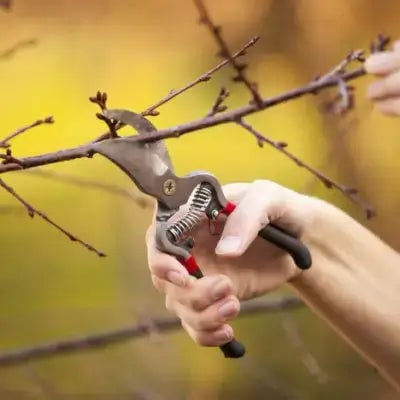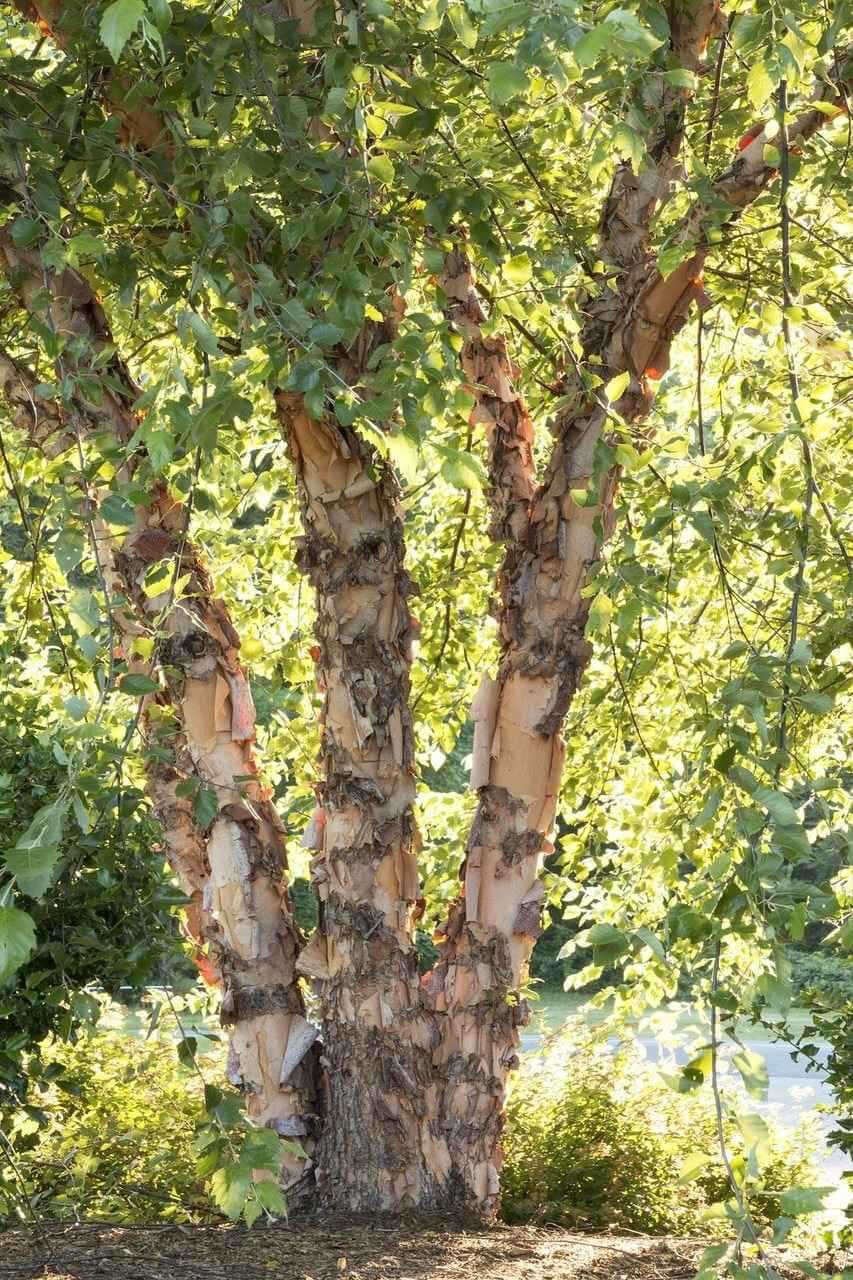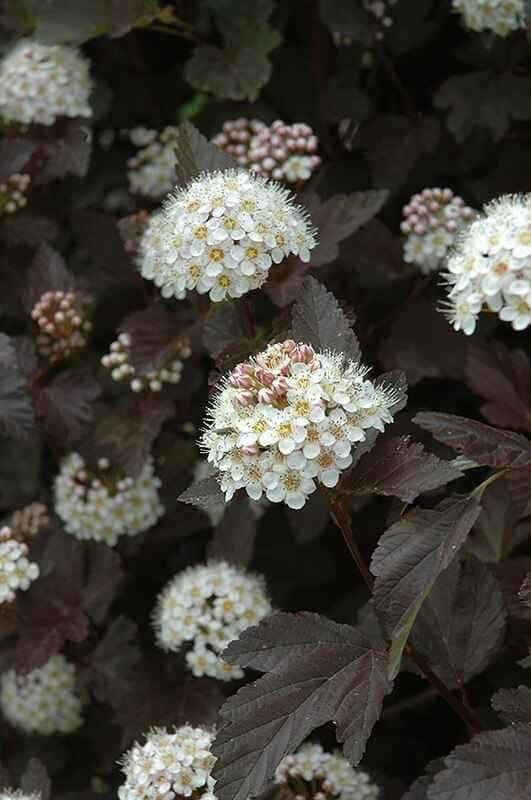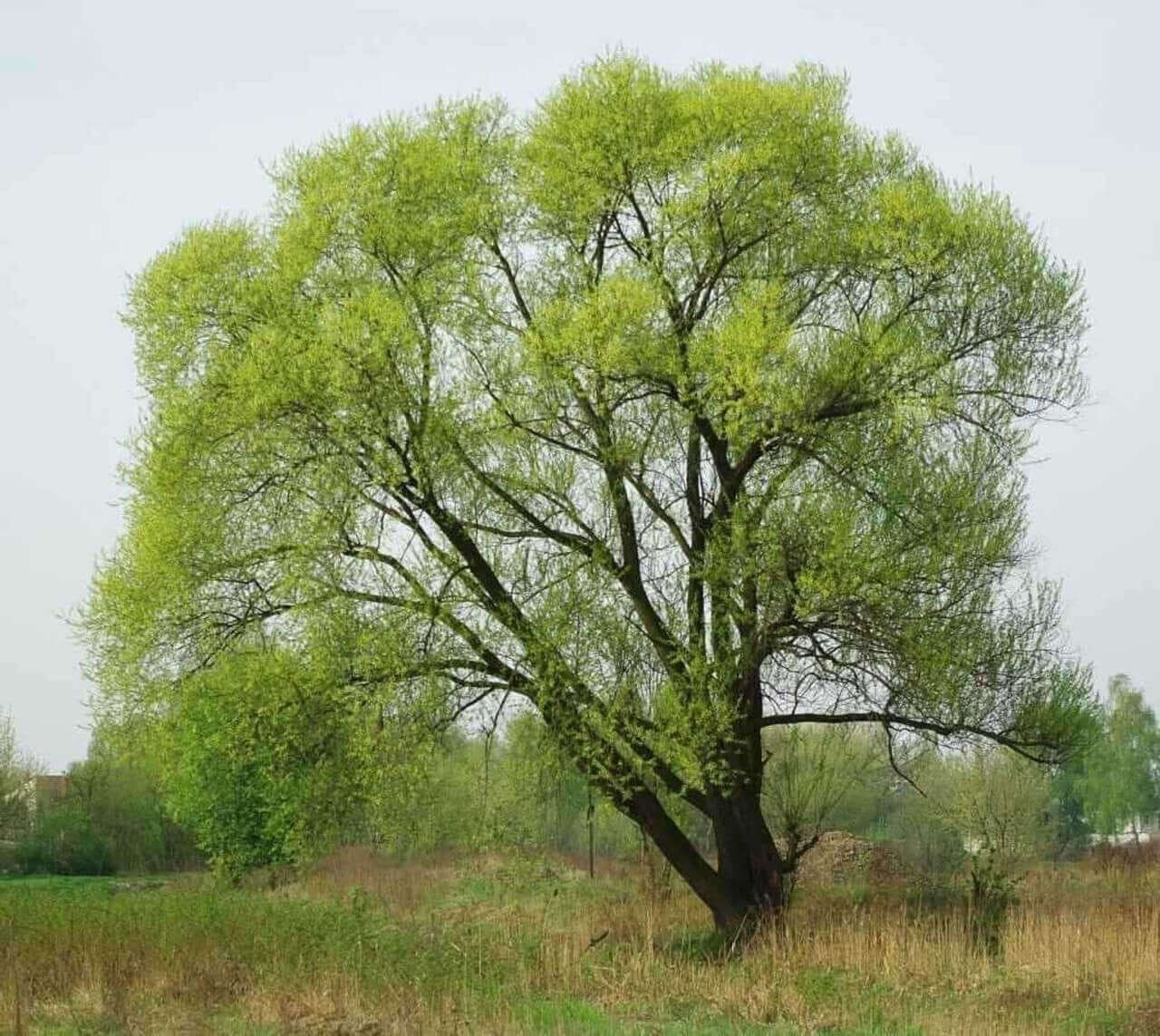Live stakes
Live stakes are cut sections of woody plants placed on a slope. Planting live stakes is a great way to control erosion. The live stakes are cut from a hardy species that will take root easily in the soil. The roots will help to stabilize the sloped soil as the live stakes grow into shrubby bushes.
Planting live stakes is done in several areas to prevent erosion. One of the areas where live stakes are most often used is in stream banks. Stream banks very quickly erode due to the moving water and the wetness of the soil.
Live stakes slow down the erosion process
Live stakes slow down this erosion process in stream banks significantly, bringing stability to the stream bank that wasn’t possible before. Live stakes are also significant for hillside property that suffers erosion due to gravity. They are also helpful in areas with high precipitation that suffer a lot of erosion due to runoff.
The best times for placing live stakes are in the fall and spring. These are the best times to plant them to ensure that the cuttings will root well. If live stakes are planted in the summer or winter, they will unlikely take root.
Planting live stakes is a great way to control erosion naturally.
It is a method that is inexpensive and highly effective. Anyone experiencing problems with erosion should give live stakes a try.
Read more

Perennials come back year after year, sometimes for decades. The flowers are generally less showy than annuals, which only last a year, but they're prized because of their sturdiness, the variety o...
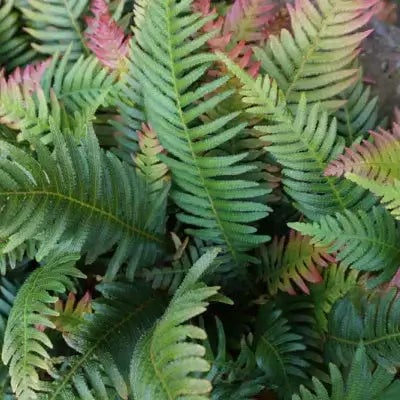
Native plant grows naturally or has existed for many years in a local region. Ferns, flowers, trees, and other plants may be considered native to an area. Native plants are desirable garden plants ...


